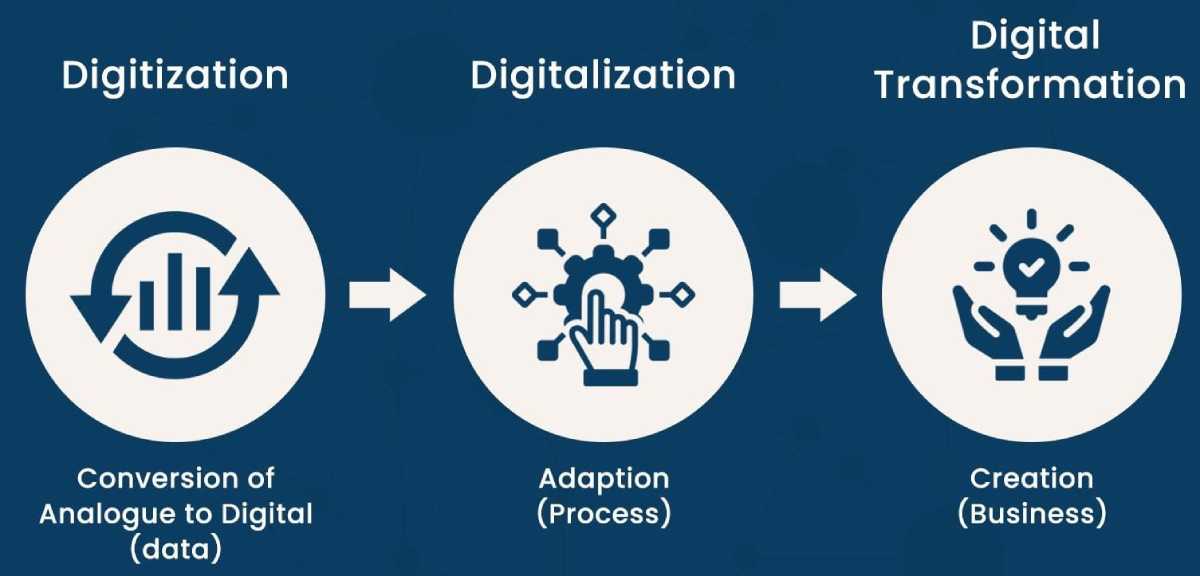The digital transformation has infiltrated all economic sectors. In some, with more force than in others, But without a doubt, none of them is still what it was a few years ago. Within the legal industry, new ways of interacting with clients, managing offices, accessing target audiences. Etc.
The word legal design thinking discovers its own origin in the design thinking technology, which was invented in 1950s in the united states. But which only started to become popular in the 1990s. It was at this time that several law professors from different universities began to investigate the application of this methodology in the legal field. Giving rise to Legal Design.
Therefore, we can define Legal Design Thinking as a methodology whose main objective is to accelerate the identification of problems and the development of alternative solutions in the legal field based on creativity.
What’s Possible With Digital Transformation.
Although the legal sector is more skeptical of this type of discipline, it has become very important in recent years. As it is a powerful tool that allows law firms to develop new sales models, design new services, and understand the client. Adapt services. to your needs.
To support the digital transformation processes of companies, it is essential that the firms themselves have the ability to develop these transformations internally. And this is where methodologies such as Legal Design Thinking play a fundamental role.
The integration to these new ways of thinking in law firms is very positive in promoting innovation. Processes that will allow the identification and development of more attractive solutions focused on client needs.
Digitization is different from analog to digital.
It wasn’t that long ago that companies kept paper records. Whether handwritten in ledgers or entered into documents, the business data was analog. If you want to collect or share information, it is physical documents: papers and folders, photocopies, and faxes.
Then computers went mainstream and most companies started converting all those ink-on-paper recordings into digital computer files. This is called digitization – the process of converting information from analog to digital.
Finding and sharing information became much easier once digitized, but the way companies used their new digital recordings. Therefore, largely mimicked the old analog ways. Computer operating systems have even been designed around file folder icons to make them familiar and less intimidating to new users. Digital data was exponentially more efficient for business than analog.
but business systems and processes were still largely designed around analog-age ideas about how to find, share, and use information.
Adapt your business to take advantage of digital transformation.
In addition, digital transformations have reshaped the way companies approach customer service. customer service. Progressive companies embrace social media as an opportunity to expand their service offerings. And also, by meeting with customers on the platforms of their choice.
Making call centers and in-store service centers more efficient with digital technology is, of course, great. But the real transformation comes when you take a look at all the available technologies. And think about how adapting your business to them can give customers a better experience.
Social media not invented to replace call centers but has become an additional channel (and opportunity) to provide better customer service. Adapting your service offering to embrace social media is another good example of digital transformation.

